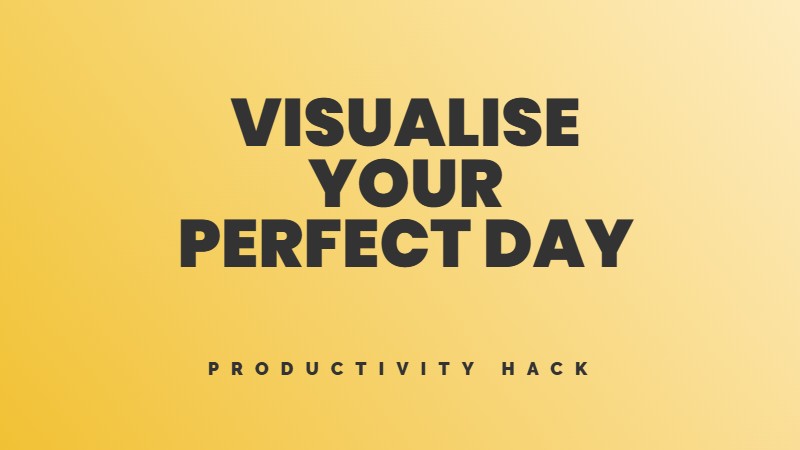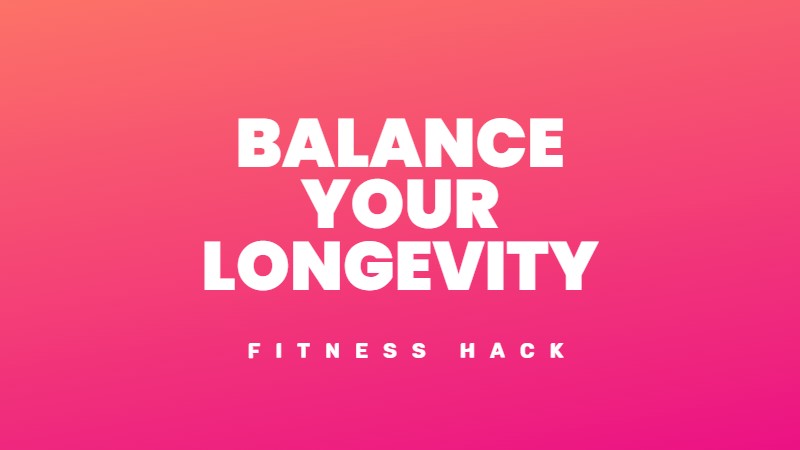You’ve tried everything. Meditation apps, breathing exercises, and months of therapy sessions. Your anxiety still controls your life, dictating where you go and what you do. What if the solution isn’t fighting your anxiety, but embracing it instead?
Norwegian researchers discovered something that changes what we knew about anxiety treatment. Their 4-day intensive method achieves 86.7% remission rates for panic disorder and 71.4% for OCD. The secret? Stop running from your fears and start leaning into them.
Watch Your Anxiety Disappear in 4 Days
Most anxiety therapy moves at a snail’s pace. Weekly sessions that stretch for months, maybe years. You talk about your fears, practice relaxation techniques, and slowly work through exposure exercises. Many people quit before seeing real results.
This Norwegian method gets 90% success rates by doing the opposite of what you’d expect
The Bergen 4-Day Treatment (B4DT) completely flips this approach. Instead of spreading treatment across months, it compresses all that healing power into four intensive days. The results speak volumes: zero dropouts in most studies, compared to 20-40% in traditional therapy.
While this guide is based on the clinically-proven Bergen 4-Day Treatment, severe anxiety disorders require professional support. Work with a therapist trained in intensive exposure therapy for optimal results.
The LET Technique
The core of this Norwegian breakthrough is called LET: “Lean into the Experience.” When anxiety hits, instead of fighting it or trying to escape, you invite more of it. You literally say “bring it on” to your panic attacks.
This sounds crazy, but here’s the science: Your brain learns through experience. When you avoid anxiety-provoking situations, your brain marks them as dangerous. But when you deliberately face them and nothing terrible happens, your brain rewrites the threat level.
Dr. Gerd Kvale, who developed B4DT at Haukeland University Hospital, puts it simply:
“We teach patients to stop being afraid of their own fear.”
Your 4-day transformation blueprint
Day 1: Know Your Enemy (3 hours)
Morning
1. Map Your Anxiety
Write down your top anxiety triggers. Rate each one from 1-10. List all your “safety behaviours” – those little things you do to feel safer but actually feed your anxiety.
Examples of safety behaviours:
Afternoon
2. Master the LET Technique
Start with this basic exercise:
Evening
3. Plan Your Attack
Create a list of exposure tasks from easiest to hardest. Tell a trusted friend or family member about your plan.
Day 2: Face Your Fears Head-On (7-8 hours)
Morning
1. Practice (3-4 hours)
Start with easier challenges:
The golden rule: No safety behaviours allowed. Rate your LET performance after each exposure.
Afternoon
2. Intensification (3-4 hours)
Move to moderate challenges:
Evening
3. Review
Write about your experiences. Which exercises felt hardest? Plan bigger challenges for tomorrow.
Day 3: Maximum Intensity Day (7-8 hours)
Time for your biggest fears. This is where the real magic happens.
Morning
1. Face your most avoided situations
Afternoon
2. Repeat your hardest exposures multiple times.
The goal is to become bored with your anxiety triggers. When something that once terrified you becomes routine, you’ve rewired your brain.
Evening
3. Teach Others
Show your support system how LET works. Teach them to encourage you without enabling avoidance. This prevents well-meaning friends from accidentally sabotaging your progress.
Day 4: Lock in Your Gains (3 hours)
Morning
1. Build Your Maintenance Plan
Create a 3-week follow-up schedule:
Afternoon
2. Future-Proof Your Progress
Identify potential setbacks and plan your responses. Create an “anxiety first-aid kit” with LET reminders. Schedule regular booster sessions for yourself.
The 3-week follow-through that makes it stick
Week 1: Daily Practice
Spend 30-60 minutes daily on exposure exercises. Rate your LET performance and aim for 5-6 out of 6. No safety behaviours, no matter how tempting.
Week 2: Ramp Up the Intensity
Add spontaneous challenges throughout your day. Seek out situations you used to avoid. Practice in new environments to generalise your learning.
Week 3: Make It Your Default
LET becomes your automatic response to anxiety. Celebrate your progress and plan monthly challenge days to maintain your gains.
Common mistakes
The science that makes it work
B4DT combines several proven principles:
Your new relationship with anxiety
The Bergen method proves that transformation doesn’t require months or years. Just four days of courage and the willingness to lean into your fears.
Anxiety isn’t your enemy. It’s a misguided bodyguard trying to protect you from imaginary threats. When you stop fighting and start leaning in, you show your brain what’s really dangerous (nothing) and what isn’t (almost everything anxiety warns you about).




Hinterlasse ein Feedback zu diesem Thema